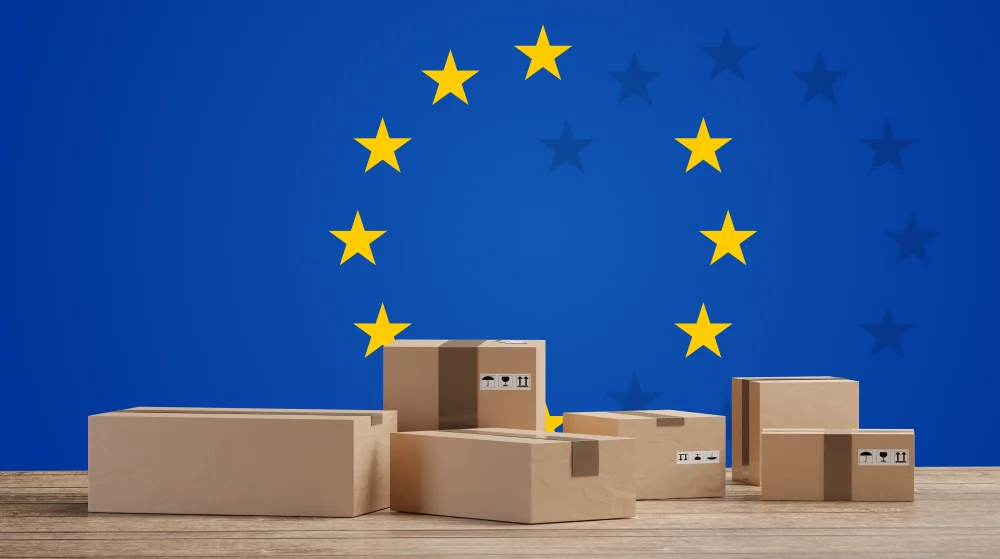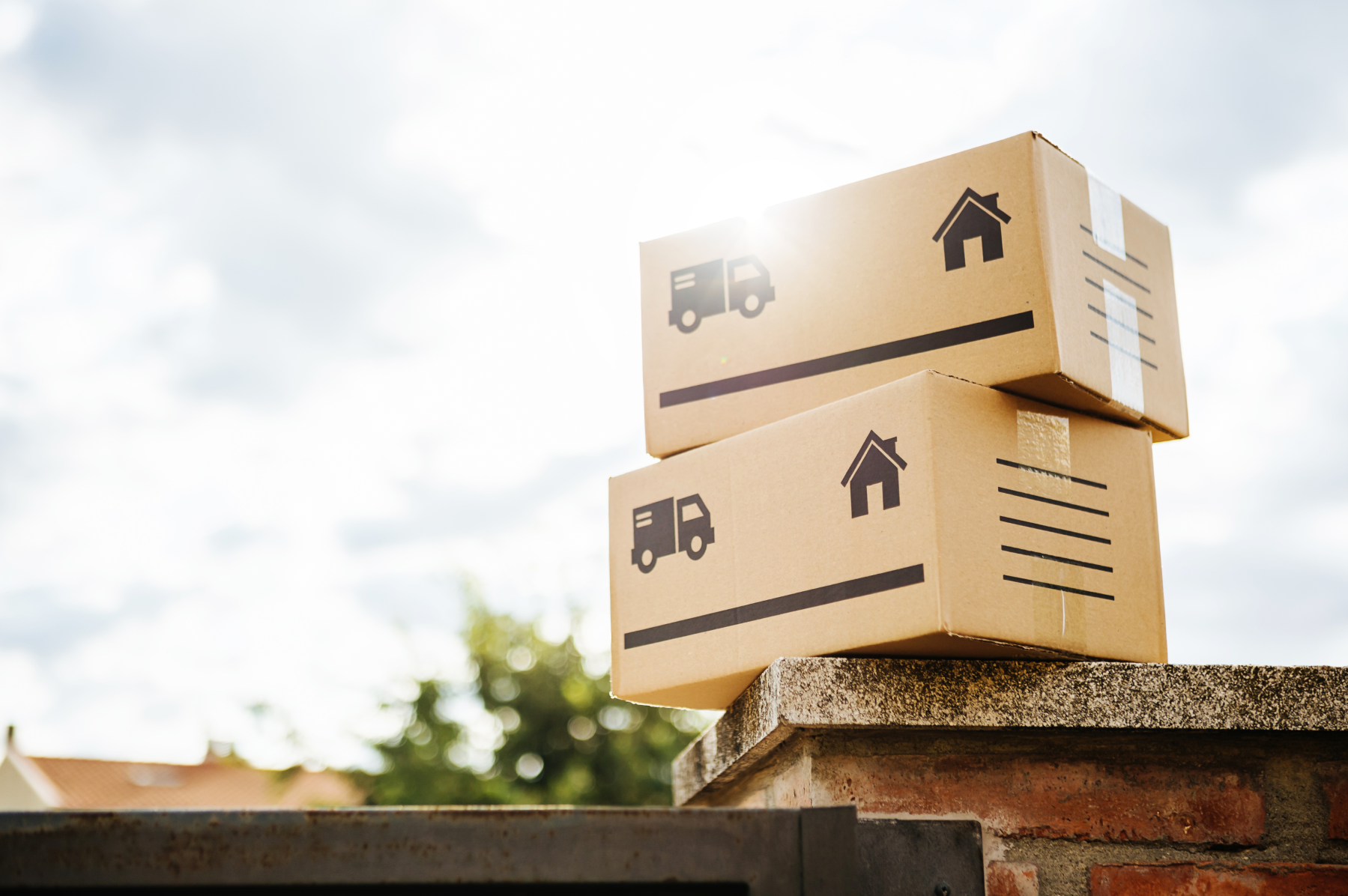The PPWR what is it and what does it mean for you?
To make the world more sustainable in the coming years, a lot will change. The goal is to be
fully circular in the Netherlands by 2050. That seems far away now, but the first steps towards
that goal must be taken now. Read in this blog about what these first steps are and what you as
a company can do to prepare for these sustainable changes.
There are a lot of changes coming for companies in the coming years to make the Netherlands a
circular country. Many of these will be new laws and regulations that you as a company are
required to comply with and implement. Therefore, it is important that you are well prepared for
all the changes that are coming. In this blog, we want to better outline one of these changes,
namely the PPWR.

What is the PPWR?
The PPWR stands for Packaging and Packaging Waste Regulations and concerns packaging waste in the Netherlands, which currently accounts for 20% of household waste. This regulation was established in 2006 when the separation of plastic waste began, alongside cardboard, paper, and glass that were already being separated. In 2013, a framework agreement was set up on producer responsibility. This agreement lasted for 10 years and has now ended. It is therefore time for new regulations that you need to be aware of.
When does the PPWR take effect?
On November 30, 2022, the European Commission presented the PPWR as a proposal. From that moment, it became a dossier in the European Parliament and the Council of the European Union. The expectation is that the proposal will be voted on by the end of this year (2023), after which negotiations between the Parliament, the Council, and the Commission will start (expected early/mid-2024). The PPWR will then be approved, signed, and published by the Parliament and the Council (expected late 2024/early 2025). The PPWR measures will take effect twelve months after publication. Additionally, the standardized logos must be available eighteen months after publication (mid-2026). Their use will then become mandatory 42 months after publication (expected mid-2028).
What does the PPWR mean for you?
Companies are expected to increasingly document in detail and in a verifiable manner why they have designed a packaging in a certain way. It must also be documented which materials and components it contains. Attention will be given to optimizing the reusability of the packaging (refilling by the producer/importer), recyclability, and the use of recycled materials. The number of packaging categories that need to be reported on will likely be significantly expanded with the PPWR. It will no longer always be sufficient to distinguish only by main material (glass, paper and cardboard, plastic, etc.); increasingly, distinctions will be made by material type (PET, PP, PE) or color (transparent, colorless, etc.). Although the rules for packaging administration will not take effect immediately, it is a good idea to start documenting the properties of your packaging in more detail. Important aspects include what (sub)materials the various parts of the packaging are made of and whether and how much recycled material you are currently using (for plastic packaging). One approach could be to create a ‘packaging passport’ for setting up the packaging administration. Data that can be included are, among other things, the main material (glass or plastic, etc.), material type (PET, PP, PE), packaging category (bottle, jar, tray, etc.), and the use of (post-consumer) recyclate. ‘Post-consumer’ recyclate means that the waste did not come from a production environment but was once brought to the market and collected as waste.

Frequently Asked Questions about the PPWR
1. Why is the European Commission introducing the PPWR?
The current European packaging directive has, according to the European Commission, failed to address the negative environmental impacts of packaging. According to the EC, too many packaging materials are produced, there is too much empty space in packaging, packaging is not sufficiently recyclable, too few packaging items are reused, and too little recyclate is used in new packaging. Additionally, there are too many differences in the way the packaging directive has been implemented by member states, leading to an uneven playing field. Although recycling rates in the European Union have increased, the amount of waste produced is growing faster than actual recycling, according to the European Commission. The amount of waste—mainly from single-use packaging—has increased by more than 20% in the past decade. In line with the European Green Deal, Europe aims to address packaging and waste management to achieve a clean, sustainable, and circular economy.
2. What is the goal of the PPWR?
The goal of the PPWR is twofold. First, the European Commission aims to reduce the environmental impact of packaging by decreasing the amount of packaging entering the market, preventing packaging waste, increasing reuse and refilling of packaging, promoting high-quality recycling, increasing the use of recycled plastics, improving recyclability of packaging, and ensuring detailed packaging administration. Second, the European Commission seeks to ensure the efficient functioning of the internal market (EU) by harmonizing legislation and thus creating a level playing field.
3. How does the PPWR relate to the Single Use Plastics (SUP) Directive?
The PPWR is a regulation that has yet to come into effect. The SUP Directive is a directive that came into force in 2021. Since then, the SUP measures have been gradually implemented by member states. Ultimately, both laws will coexist, and producers and importers of packaged products must comply with both. The PPWR applies to all packaging, while the SUP Directive pertains to single-use plastic packaging. The approach of the PPWR and the SUP Directive is quite similar: both aim to prevent as much packaging waste as possible and, where waste does occur, to reuse or recycle it.
4. Which packaging will be banned under the PPWR?
By 2030, several types of packaging will be banned for certain purposes:
5. What must packaging sold on the European market comply with?
The sum of the concentrations of lead, cadmium, mercury, and hexavalent chromium in the packaging or packaging components must not exceed 100 mg/kg;
Harmful and hazardous substances in packaging
With the PPWR, the European Commission sets sustainability requirements for packaging. These will become the new Essential Requirements. All packaging placed on the market must comply with these requirements. The PPWR proposal addresses the following main aspects:
Recyclable packaging
All packaging must be well-recyclable by 2030. How this will be measured is still to be determined by the European Commission.
Recycled content
The use of recyclate in new products and packaging must increase. The minimum recycled content in plastic packaging will gradually rise over the coming years.
Compostable packaging
Two years after the introduction of the PPWR, according to the European Commission's proposal, tea bags, coffee pods and cups, labels on fruits and vegetables, and very light plastic carrier bags must be compostable.
Minimization of packaging
The packaging must be as light as possible and must not contain unnecessary space/air.
Reusable or refillable packaging
In certain product groups, more reusable and refillable packaging must be used. Examples include: large household appliances, transport, e-commerce, hot and cold beverages (take-away), beer, and wine.
Banned
In some environments (hospitality, hotels, and retail), the use of certain packaging will be banned.
Declaration of Conformity
For all packaging, a Declaration of Conformity must be prepared by companies that bring the packaging to market, demonstrating that the packaging meets the above requirements. The Declaration of Conformity must be kept for ten years.
+2.png)
Our sustainable products:
Printed
Also choose a more sustainable option for your printed labels. In the configurator, select Forest PP or Ocean Action PP. These materials are developed to be up to 90% sustainable and offer the same quality as our standard PP labels. View the materials here in the configurator.
Unprinted
Need blank labels? Zolemba also chooses sustainability for these. Our labels are FSC and BPA free. With Zolemba's labels, you are assured of a conscious choice for the environment. Check out our blank labels on our website.